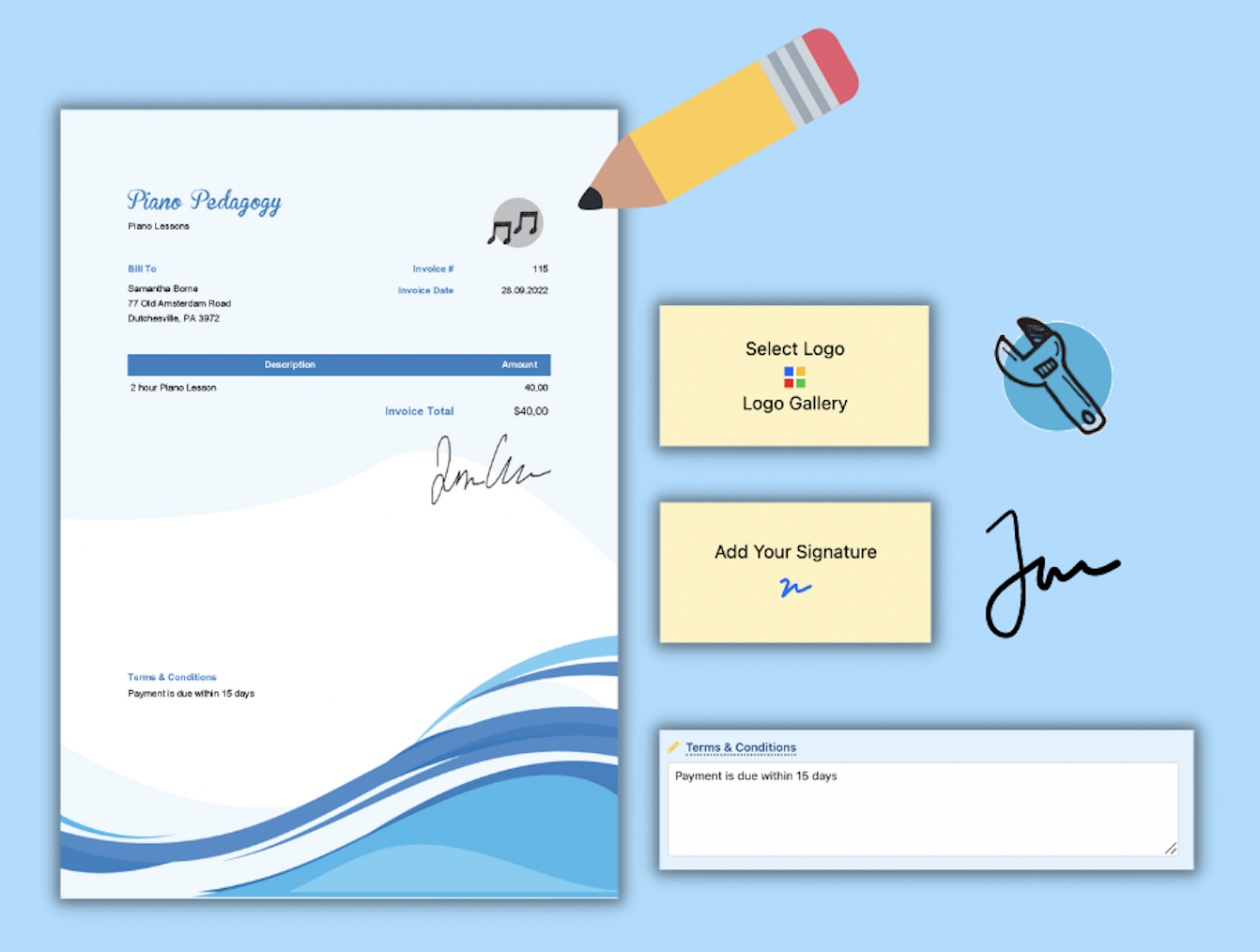HOW TO: Invoice Customers Faster With the Email Feature!

© bf87 /Adobe Stock
Time is money. That’s why we made creating invoices so quick and easy.
But, what about sending invoices? Can we help there too? You bet!
With our email feature, you don’t even have to download invoices to your phone or computer. With just a few clicks you can send your invoice directly to your customers!
Here’s how!







